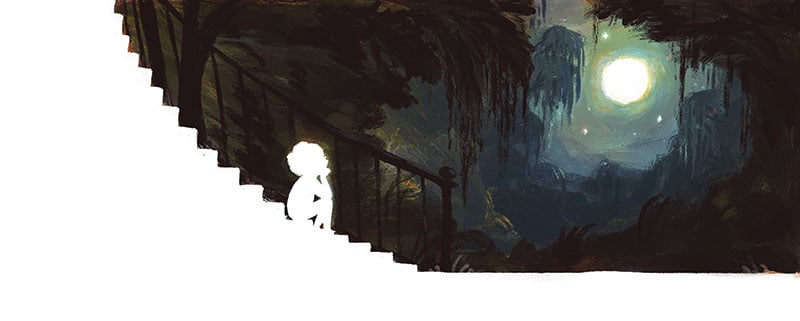“Doing the month of August”
For a living

In the north of Old France, in Normandy, Picardy, and Wallonia, there is an expression that many old country dwellers still use even today: instead of speaking of faire récolte [harvesting crops], to describe this culmination of the year’s work, many of these old paysans [peasants], whose young years were spent amongst the fields and hedgerows of rural France, instead make reference simply to faire le mois d’août [doing the month of August — incidentally, in Old English, the word hærfest, ancestor of today’s harvest, also meant variously “the month of August” as well “autumn, fall.”]. Of course, across the Northern Hemisphere, whether this period is designated as “harvest” or, by metonymy, “August” — or whether one talks of the coupage [cutting] of rice or the cassage [breaking] of corn, the roulaison [rolling] of cane or the ramasse [picking] of cotton, or the fouillage [digging] of potatoes, the cueillette [gathering] of oranges or the vendange [vintage] of muscadines — it is indeed during the month of August and the months that follow that much of the work of harvest truly begins. Consequently, as the work in the fields changes and intensifies and as the long and hot summer comes to an end and the caprices of autumn’s weather impose themselves, these final months of summer together mark a period of considerable change in any agricultural society.
Here in South Louisiana as elsewhere, field work during this period of transition, outdoors and at the full mercy of the weather, can often subject farmers to the full breadth of the year’s conditions: the month of August and the beginning of harvest typically see the highest temperatures of the year, while on the other hand the last glainages [gleanings] of the end of the season are often done under a sky blued by cold, dry and swept clean by a biting north wind, or else wet and dressed in the mists of autumn. This transition into early autumn, with its variable weather and the general activity of harvest, contrasts sharply with the summer months that precede it, which in contrast represent a period of stasis, even lethargy. The summer heat fills these months with a languor of deep somnolence, and the work — which during this time, consists mostly of maintaining levees, pulling and hoeing weeds and other upkeep of the fields — is slow, and is typically accompanied by singos and ‘tites sommes [naps] underneath a tree in the shade of the midday, or, after the sun sets behind a distant treeline, but before the stifling blanket of the night’s humidity falls again, on the porch in the small breezes of the late afternoon. The work becomes unbearably hot and hard with the onset of harvest, but each year, although August never does bring relief from the heat of Louisiana’s dragging summer, the final phases of the year’s work and the shortening of the days means that, with its coming, there always comes a thin, but growing, hope for cooler weather — and for less hot work.


